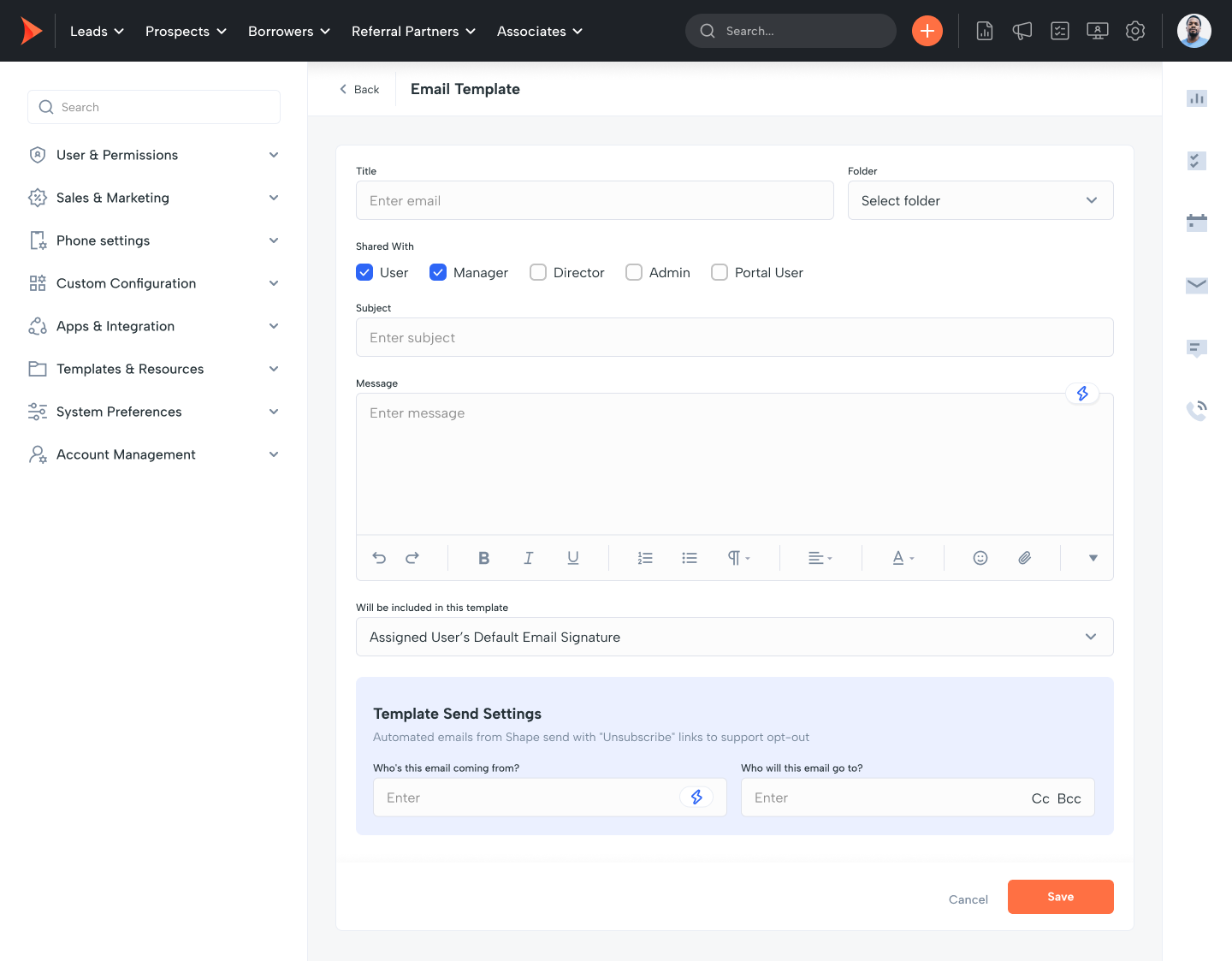There are different ways to send promotional material to your business’s audience. You can use email marketing or direct mail marketing, for instance. Email marketing involves the use of promotional emails, whereas direct mail marketing involves the use of tangible and promotional direct mail. While both methods can benefit your business, email marketing is better than direct mail marketing for several reasons.

You don’t have to wait for emails to be delivered. Upon clicking the send button, they’ll typically reach recipients within seconds. Most emails are delivered within seconds or fractions of a second. In comparison, direct mail can take weeks to reach recipients.
Direct mail marketing is slower because it requires physical delivery rather than digital delivery. After purchasing a direct mail marketing service, you’ll have to wait for the provider to turn your concept into tangible mail. The provider must then deliver the mail via the United States Postal Service (USPS). All of these steps can take a long time, which is one of the reasons email marketing is better than direct mail marketing.
Email marketing and direct mail marketing both offer analytics. Analytics allow you to measure performance data so that you can improve your marketing campaign. You’ll have access to deeper analytics, though, with email marketing than with direct mail marketing mail.
Emails are digital messages that are delivered digitally over the internet. Assuming you use an email service provider (ESP), it will likely collect data on your emails’ performance. You can log in to your ESP account to access this data.
Direct mail is tangible and requires physical delivery, so direct mail marketing offers shallower analytics. You might be able to see how many recipients received your direct mail pieces, but you won’t be able to see how many of them opened your direct mail pieces.
Some of the different metrics you can analyze with email marketing include:
You can embed links in emails. Most promotional emails used in email marketing campaigns, in fact, have at least one embedded link. An embedded link is a Hypertext Markup Language (HTML) element that points to an external file, such as a web page. When designing an email, you can embed a link to your business’s homepage or a page featuring its products or services.
Unfortunately, there’s no way to embed links in direct mail. The closest thing to embedded links for direct mail is displaying plain-text addresses. If you want recipients to visit your business’s homepage, for example, you can mention the address in the direct mail.
Some recipients may visit your business’s homepage after seeing the address, but you’ll get more traffic from using an embedded link in an email. Embedded links only require clicking. Recipients can click an embedded link in an email to visit your business’s homepage. To follow the address mentioned in a direct mail piece, they must manually type it in their web browser.
Split testing is a breeze with email marketing. You can design two different emails, after which you can compare their performance. Developing new variants for split testing is easy. And when combined with its deep analytics, email marketing is ideal for split testing.
Many ESPs offer tools specifically for split testing. In Aweber, for example, you can choose “Split Tests” under the “Messages” menu to easily create a split-testing campaign. In MailChimp, you can find a similar tool by clicking the “Create” button, followed by “Email” and “A/B test.” Regardless of which ESP you use, it probably offers a split-testing tool.
More consumers prefer to receive promotional material from businesses via email than all other channels. According to an Adobe survey, c say email is their preferred communication channel with businesses. Only 18 percent of consumers, conversely, prefer to receive promotional material via direct mail.
Most consumers prefer to receive emails over direct mail pieces because they are easier to manage. To stop receiving emails from your business, they can unsubscribe to your newsletter. For direct mail, consumers may have to call a phone number to request the removal of their name and address from your business’s contact list.
Email marketing is inexpensive. You can do it for free by building a subscriber list and designing emails. Even if you use a paid ESP, however, email marketing won’t break the bank.
Most ESPs offer multiple plans to accommodate all types of businesses. You can choose a plan based on how many subscribers your business has. As its subscriber list grows, you can upgrade to a higher-level plan. If your business loses subscribers, you can downgrade to a lower-level plan with your ESP.
Direct mail marketing is far more expensive. You typically have to pay for the design and production of direct mail pieces as well as the postage. Direct mail marketing campaigns can easily cost over $1,000. And the more recipients to whom you send direct mail pieces, the more money it will cost. By choosing email marketing, you’ll save money.
Of course, email marketing saves paper. Whether you create a single email or 100 emails, it won’t consume any paper. Direct mail marketing, on the other hand, will consume a lot of paper. Direct mail marketing pieces can consist of brochures, booklets, letters, postcards and flyers, all of which are constructed of paper.
A study conducted by the postage metering and mail technology company Pitney Bowes found that direct mail accounts for 2 percent of all municipal waste. Most consumers don’t save direct mail pieces. Rather, they discard them in the trash. For a greener marketing strategy that doesn’t contribute to landfill waste, email marketing is the way to go.
Direct mail marketing may not be obsolete, but its performance falls short to that of email marketing. Benefits of using email marketing include instant delivery, deeper analytics, embedded links, split testing, preferred by consumers, low cost and no paper consumed.
Changing templates will take time and may require a template change fee.
Not sure what to choose? Contact us.